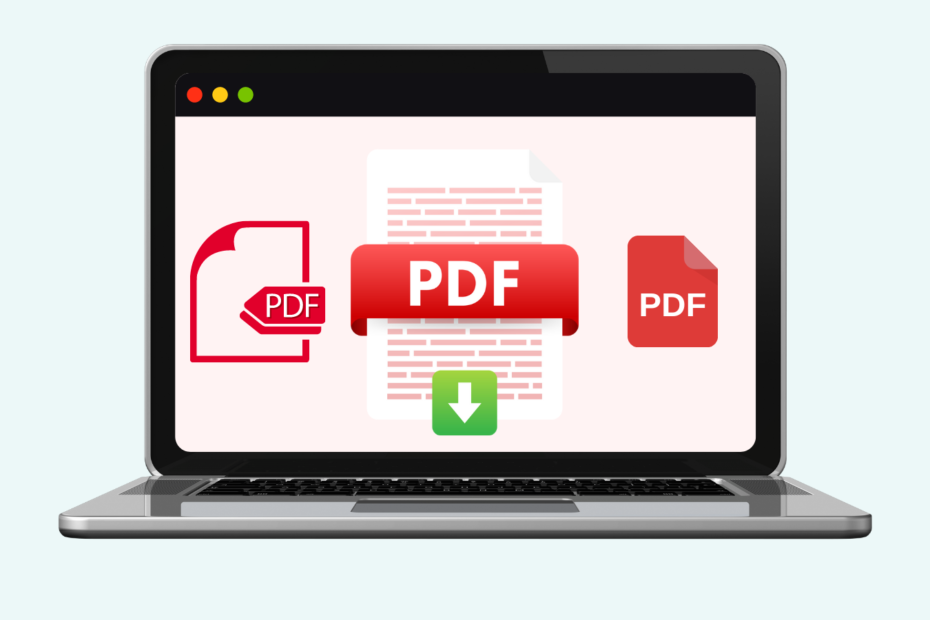The Hidden Dangers Lurking in Your Documents
Imagine opening what seems like an innocuous PDF file, only to unknowingly invite a digital intruder into your most sensitive digital spaces. In our interconnected world, portable document format (PDF) files have become ubiquitous, serving as a primary medium for sharing information across personal and professional domains. However, beneath their seemingly harmless exterior, PDFs can harbor sophisticated cyber threats that can compromise your entire digital ecosystem.
As a technology expert with years of experience in cybersecurity and data analysis, I‘ve witnessed the evolution of digital threats and understand the intricate mechanisms through which malicious actors exploit seemingly harmless file formats. This comprehensive guide will demystify PDF viruses, providing you with an in-depth understanding of their mechanics, risks, and most importantly, robust strategies for protection.
The Anatomy of PDF Virus Threats
PDFs were originally designed as a secure, universal file format for document sharing. Created by Adobe in 1993, they were intended to preserve document formatting across different platforms and devices. However, the very features that make PDFs versatile—embedded multimedia content, interactive elements, and support for dynamic scripting—have simultaneously created potential vulnerabilities.
Modern PDF files are far more complex than their early predecessors. They can contain multiple layers of code, including JavaScript, embedded multimedia, hyperlinks, and system commands. Each of these elements represents a potential entry point for malicious actors seeking to exploit system weaknesses.
Understanding PDF Virus Mechanics
Code Embedding Techniques
Viruses can be strategically embedded within PDF files through several sophisticated methods:
JavaScript Injection
JavaScript, while powerful for creating interactive document experiences, can be manipulated to execute malicious code. Cybercriminals craft intricate scripts that appear benign but can trigger harmful actions when the PDF is opened.
Multimedia Content Exploitation
Embedded images, videos, and audio files can serve as Trojan horses for malware. By hiding malicious code within seemingly harmless media elements, attackers create sophisticated infection vectors that traditional antivirus tools might overlook.
Hyperlink Redirection
Hyperlinks within PDFs can redirect users to compromised websites, initiating drive-by download attacks or phishing attempts. These links might appear legitimate but can trigger automatic downloads of malware.
The Encryption Camouflage
Some advanced PDF viruses utilize encrypted objects to evade detection. By obfuscating their true nature within layers of encryption, these viruses can bypass standard scanning mechanisms, remaining undetected until they‘re activated.
Threat Landscape and Potential Consequences
The risks associated with PDF viruses extend far beyond simple file corruption. Depending on the sophistication of the malware, potential consequences can include:
1. System Compromise
Malicious PDFs can execute remote code, giving attackers complete control over your system. This can lead to data theft, system manipulation, and long-term surveillance.
2. Information Disclosure
Sophisticated PDF viruses can extract sensitive information, including personal credentials, financial data, and confidential documents, without the user‘s knowledge.
3. Network Infiltration
A single infected PDF opened on a corporate network can serve as an entry point for broader cyber attacks, potentially compromising entire organizational infrastructures.
Advanced Detection and Prevention Strategies
Technical Scanning Methodologies
Effective PDF virus protection requires a multi-layered approach:
Behavioral Analysis
Modern antivirus solutions employ machine learning algorithms that analyze file behavior in real-time, identifying potential threats based on complex pattern recognition.
Sandboxing Techniques
Advanced security platforms use isolated environments to open and analyze suspicious PDFs, preventing potential system-wide contamination.
User-Centric Protection Approaches
While technological solutions are crucial, user awareness remains the first line of defense:
Source Verification
Always validate the origin of PDF files. Treat unsolicited attachments with extreme caution, particularly from unknown senders.
Regular Software Updates
Maintaining updated PDF readers and operating systems closes known vulnerabilities that malicious actors might exploit.
Recommended Protection Toolkit
Top Antivirus Solutions
Norton Antivirus
- Comprehensive PDF scanning capabilities
- Real-time threat detection
- Additional security features like VPN and password management
McAfee Total Protection
- Advanced malware detection algorithms
- Cross-platform compatibility
- Robust PDF and document scanning
Bitdefender Antivirus
- Machine learning-powered threat detection
- Minimal system performance impact
- Specialized PDF security modules
Future of PDF Security
As cyber threats continue evolving, PDF security will increasingly rely on:
- Artificial intelligence-driven threat detection
- Blockchain-based document verification
- Advanced encryption technologies
Emerging Technologies
Quantum computing and machine learning will revolutionize how we approach document security, creating more sophisticated, proactive defense mechanisms.
Practical Implementation Guide
Step-by-Step PDF Protection
- Update your PDF reader regularly
- Disable JavaScript in PDF settings
- Use reputable antivirus software
- Be cautious with email attachments
- Implement network-level security protocols
Conclusion: Empowering Digital Safety
Understanding PDF viruses isn‘t about inducing fear but promoting informed, proactive digital citizenship. By comprehending potential threats and implementing robust protection strategies, you transform potential vulnerabilities into opportunities for enhanced cybersecurity.
Remember, in the digital landscape, knowledge isn‘t just power—it‘s protection.
About the Author
A seasoned technology expert with over 15 years of experience in cybersecurity and data analysis, dedicated to demystifying complex technological challenges for professionals and enthusiasts alike.
